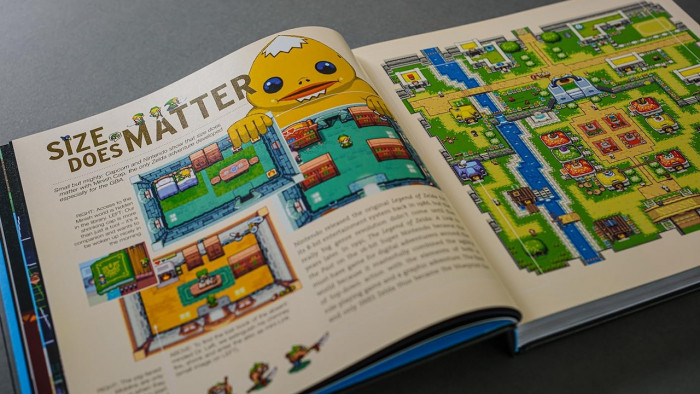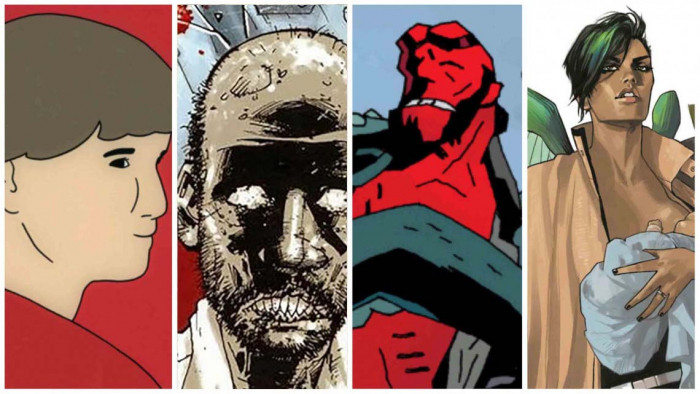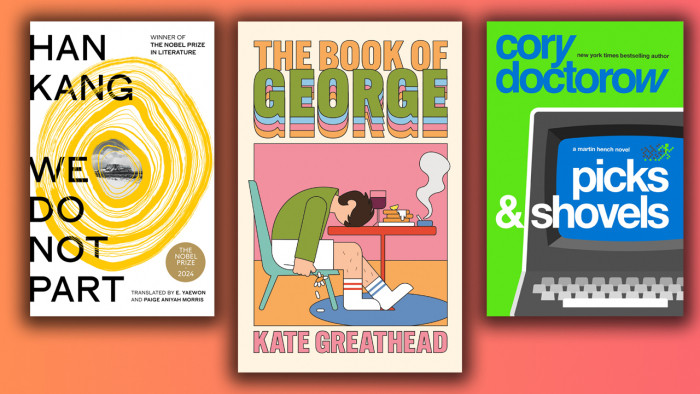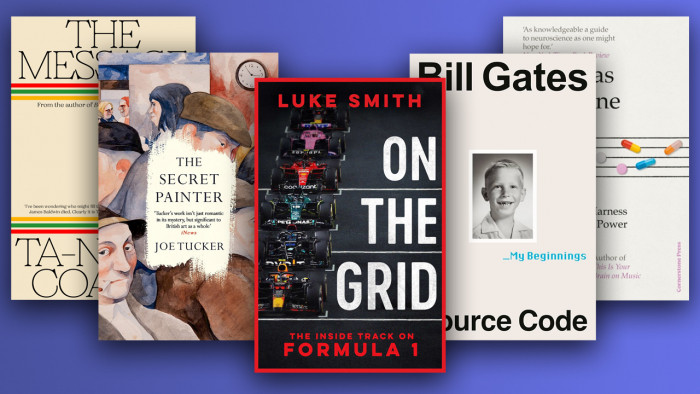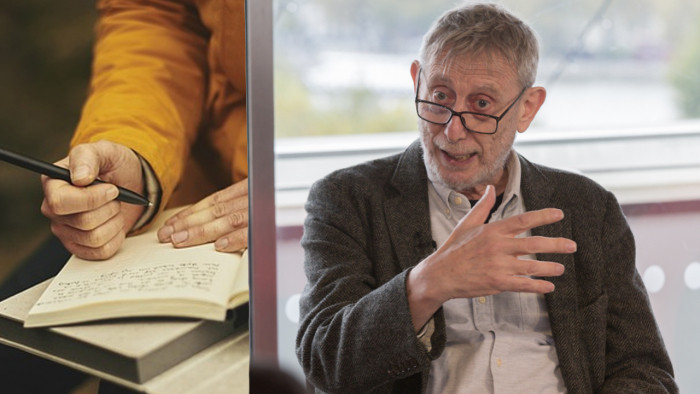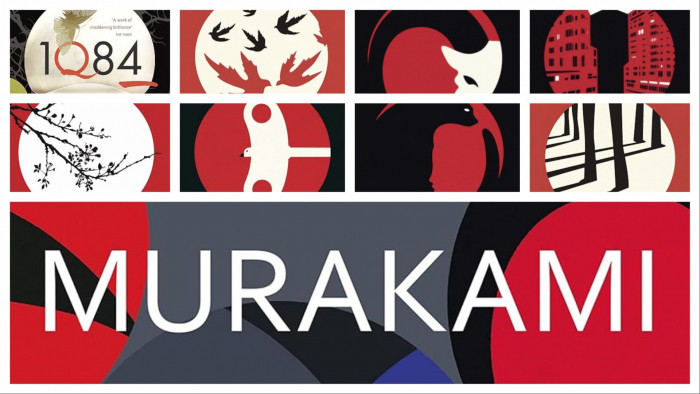When historians look back at our cultural legacy, what will there be to celebrate? ShortList’s Andrew Hankinson attempts to discover what we stand for
They popped the cork in 1997. It was New Labour — it was time for a cultural revolution. The Department Of Culture was formed; museums and galleries became free; creative task forces were unleashed. And those of us leaving school or university over the next 13 years were signing up for jobs in the easy, casual, let’s-have-a-meeting creative industry (in which employment rose from 1.6 million in 1997 to two million in 2010).
We answered phones for production companies, stuffed envelopes for publishers, helped dress celebrities and hung around on film sets. We were perfectly placed to make our big contribution to contemporary culture, just as soon as we got our chance. We were creatives, but what did we create?
Well, not much, it would seem — we’ve expressed ourselves through nostalgia, retro and revival. We’ve looked backwards. We’ve replicated and repeated.
Other generations had a defining period, a pivotal moment that set them apart. Where was our Summer Of Love? Our Poll Tax riots? What did we unite against? What spurred us on to make our voice heard, in whichever medium was available? What can we truly call ours? Or do we have to face the awful truth that we had nothing to show for ourselves — that we were the generation that drew a cultural blank?
WHAT ARE WE GOOD FOR?
“How old are you?” she asks.
I’m talking to Dr Rupa Huq, senior sociology lecturer at Kingston University and author of Beyond Subculture: Youth, Pop And Identity In A Post-Colonial World.
“Thirty,” I say.
“No offence, but you sound like someone twice your age,” she says. “It’s easy to say that it’s all been done before, and that it’s not as good as it used to be, but youth culture is in its seventh decade now, so the shock impact has lessened. It’s also a function of a rose-tinted past. You look at videos of the Sixties and there was free love and demos about Vietnam, but those Sixties didn’t happen to people like my parents.”
But movements like the New Romantics did happen. Maybe participation has been exaggerated, but clearly they did influence mainstream fashion, music, literature, television, film and art. The Rolling Stones made their mark. The Smiths made their mark, as did Damien Hirst and Alexander McQueen.
Under New Labour, young people never had a similar impact, although Tony Blair is sometimes tagged with the Britpop era of patriotic enlightenment. But it was under John Major that Blur and Oasis fought the battle of Britpop, back in 1995. And the Cool Britannia thing — that started with Newsweek’s cover in 1996. Then, in March 1997, Vanity Fair put Liam Gallagher on its cover for a British special that included Stella McCartney, Blur’s Graham Coxon and the staff of Loaded, with the magazine suggesting that there was “an epic youthquake” in Britain.
After 1997 we had Snow Patrol, Doves and Coldplay. Music genres such as grime, garage and new rave didn’t make their way across the Atlantic, and pop culture highlights of the period — The Office, Grand Theft Auto, Ali G and Banksy — were all products of the older generation.
“[From 2000-2010] we were a conformist generation,” says 29-year-old Owen Hatherley, author of A Guide To The New Ruins Of Great Britain. “We created nothing of major worth — no particularly interesting art, music or architecture. And what made it even worse is that it was marked with a conservativism that thought it was so terribly clever and ironic.”
Visual artist Jake Chapman said art was homogenised under New Labour. Alan McGee, former head of Creation Records, said music was better under the Conservatives. Designer Wayne Hemingway told me that nothing exciting has come out of youth culture since acid house. And for the past three weeks, when I’ve mentioned my theory to people, nobody has been able to provide a counter-argument. Except, that is, for Dr Huq.
“I’d disagree that nothing happened,” she says. “We’re just a more diverse nation, and life is more fragmented now, so it’s difficult to spot the trends. Growing up in the Eighties the landmarks for my life were Top Of The Pops, which doesn’t exist any more, Smash Hits, which doesn’t exist any more, and John Peel, who is now deceased. Those things that made trends quantifiable have gone and it’s turned into an unruly beast.”
TOO HAPPY TO FIGHT
However, it still stands that to be creatively provoked you need a close-quarters, clear-cut, visceral experience, such as the Brixton riots or the miners’ strike. We are motivated by personal circumstance, rather than empathy. And seeing as in the UK we’re lacking war, famine or pestilence, the only trigger in modern Britain seems to be poverty. When we’re backed into a grim corner, British culture traditionally reveals its emotional honesty — or unveils a glamorous counter-reaction to drudgery. And that certainly wasn’t going to happen after New Labour temporarily vanquished boom and bust.
“Even during the Iraq war or privatisation,” says Hatherley, “the actions of New Labour were always able to neutralise opposition. We were growing up during a boom and that’s a constant pressure against any kind of criticism. It’s like, ‘Yes, OK, but get on the property ladder, get a job.’”
So we had it easy for 10 years — but that doesn’t mean we’ve given up completely. The recession of 2008 and resulting fallout has galvanised people into action. The recent anti-cuts protests and riots against symbols of capitalism in London clearly show that we do have ‘bite’ when required. “Throughout those New Labour years, with so much uninterrupted growth before it all went wrong,” says Dr Huq, “Britain was a more confident, positive and vibrant nation than it was before. When the government is not a bunch of horrible, thieving b*stards, maybe the rebellion subsides. Perhaps when youth culture has nothing to revolt against it has less purpose.”
But despite not rioting on the streets, the Noughties culture did have its own identity. Sure, it may not have whipped up a press frenzy like the teddy boys or punk, revisionism may have consumed fashion and art may have become more conservative — but it had its defining moments and era-changing protagonists. Take for instance, Mark Zuckerberg and Sean Parker, who changed the way that we communicate and buy music respectively almost overnight. Then there are the Dizzee Rascals and Mike Skinners of the world, who unleashed British urban music to the mainstream, and technology revolutionaries Sam and Dan Houser of Rockstar Games. But will these people be remembered in history? And will our children look back at our glory years with those rose-tinted spectacles? Time will ultimately tell.
In fact, it might just stand that distribution of culture — rather than the making of it — is our main contribution. YouTube, Facebook and Twitter mean that the networks are now in place for our country’s whippersnappers to push their own agenda, even if it won’t churn up the same kind of mass-media hype that we’ve come to associate with important cultural movements. As Wayne Hemingway says, “As soon as anybody young starts anything, the media are on to it, so it’s very hard for a youth culture movement to start, because you can’t be cool and above the radar — the two don’t go together.”
Not that young artists care: take 28-year-old ceramicist Rebecca Wilson. “We can tap directly into an interested audience that consists, for a large part, of like-minded peers,” she says. “Your audience can seek you out, and you them, via a network of associations. Social networking removes the obstacle of proximity — you can communicate with 100 people at once all across the globe.”
Now that is a positive legacy. Well done us.




